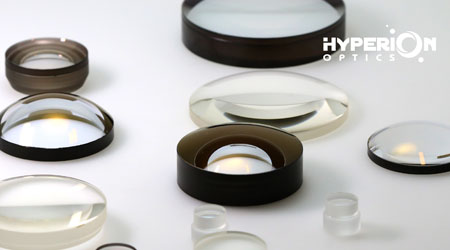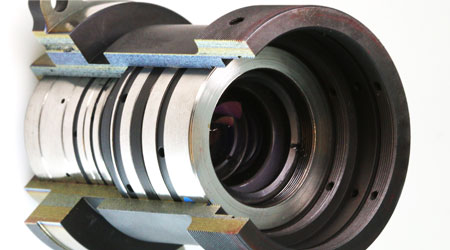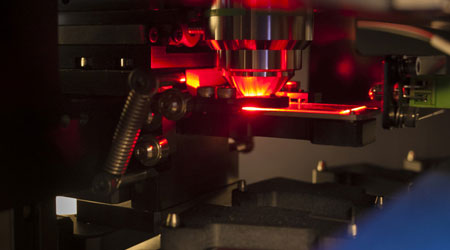Colored glass light filters are optical elements used to selectively transmit light of specific colors. They have widespread applications in many fields, such as photography, display technology, optical instruments, and more. Below, we will provide a detailed explanation of the relevant knowledge points of colored glass light filters.
The basic principle is to utilize the absorption and reflection characteristics of materials for different wavelengths of light to achieve selective transmission of light. Filters are usually made of colored glass or special coatings, and by adjusting the composition and structure of the materials, the transmittance of the filter for different colors of light can be controlled. In photography, optical experiments, and artistic creation, colored glass light filters are indispensable tools. These special glass pieces can change the color of the light passing through them, adding a unique visual experience to various scenes.
Colored glass light filters are usually made of high-quality optical glass, with one or more layers of thin films with specific color characteristics coated on their surface. These thin films can absorb certain colors of light while allowing other colors to pass through, thereby achieving the screening and adjustment of light colors.
Colored glass light filters can be divided into several categories based on their function and effect. The first category is corrective filters, mainly used to correct color deviations of light sources, ensuring that the shooting or observation results are more realistic and natural. The second category is effect filters, such as enhancing the blue of the sky or making sunsets look warmer. The third category is filters for special purposes, such as infrared filters and ultraviolet filters, which are used for specific scientific experiments and research.
In practical applications, their use is very extensive. In the field of photography, they help photographers create emotionally rich photos, whether emphasizing a certain color or creating dreamy effects. In filmmaking, by overlaying different colors of filters, complex and changing scene atmospheres can be created. In scientific experiments, filters are used to analyze and study spectra, crucial for research in fields like astronomy and biology.
Moreover, the advantages of colored glass light filters lie in their durability and high quality. Compared to filters made of plastic or other materials, glass filters are more scratch-resistant, less prone to deformation, and have stable optical performance, ensuring long-term usage and consistent effects.
When choosing filters, we need to consider factors such as color, transmittance, and size. Different brands and manufacturers may offer different product lines to meet the needs of professional photographers and scientific researchers.
In conclusion, colored glass light filters, with their unique color adjustment capabilities and wide application range, have become indispensable tools in modern imaging and scientific fields. Whether capturing the brilliant colors of nature or conducting precise scientific experiments, they play an important role in helping people better explore and express the world of colors.
 Call us on:
Call us on:  Email us:
Email us:  R&D Center: 9B-4F 401,No.1 Qingnian Road Liando U Valley,Yuhua International Wisdom Valley, Nanjing, 210039 China
R&D Center: 9B-4F 401,No.1 Qingnian Road Liando U Valley,Yuhua International Wisdom Valley, Nanjing, 210039 China









 English
English  cn
cn  de
de  es
es  fr
fr 


